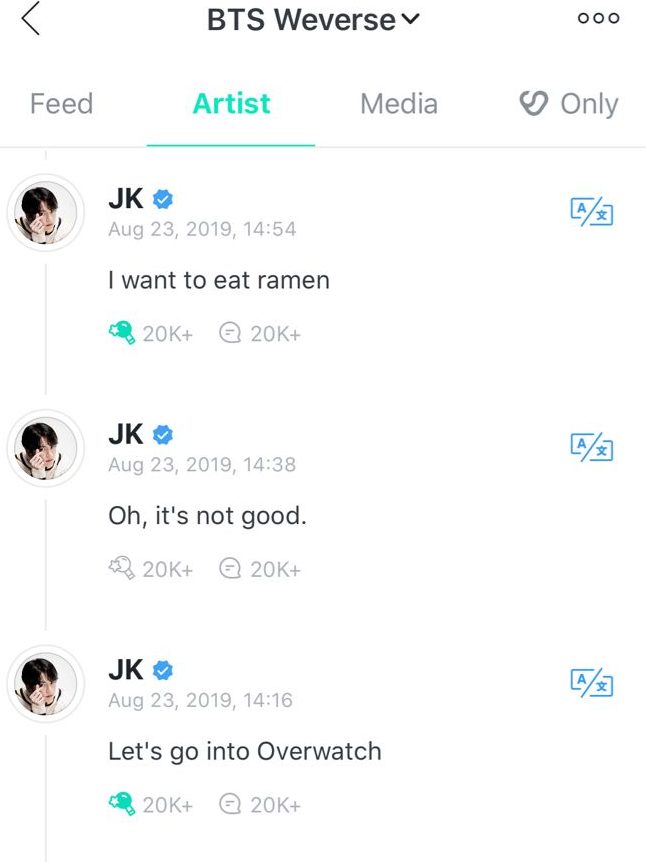Parasite, BTS, and Crash landing on you. I bet that you have seen at least one of these being mentioned on your favourite social media platform. I mean – I cannot even count how many times my friends who are ‘muggles’ to BTS complain “who is this Jimin guy and why is he always on my Twitter trend”. Hallyu, also known as ‘the Korean wave’ has been gaining its exponential popularity around the globe, to the point of standing shoulder-to-shoulders with the western mainstream media. As a South Korean myself who grew up in Europe, witnessing the growth in popularity of Korean pop culture has been fascinating, yet also mysterious at the same time. From people asking me where Korea even is to everyone bopping to BTS’ new single in a school classroom – this change happened in less than ten years. How did the pop culture of one small country in Asia become so popular?
With this question in mind, I started to dive into the aspects which influenced such an immense growth in popularity of South Korean music. There have been a lot of western news reports giving credit to social media for their unique success. However, this does not completely add up because most western artists have social media accounts and they use it as an interactive tool with their fans. Then what makes the use of social media for Korean artists so different?
According to the study conducted by Chang and Park in The Case of ARMY of BTS, the four distinct differences which sets apart K-pop artists to western artists can be categorized with (1) digital intimacy; (2) non-social sociality; (3) transnational locality; and (4) organizing without an organization. I will focus the most on the case of digital intimacy, as it is arguably the most unique factor which contributed to K-pop industries’ success.
Digital intimacy in the world of K-pop is taken to a whole another level. This is not just between the artist and the fan, but also amongst fans in various online communities. Not only fans can comment under the instagram post of their favourite artist, artists are now enabled to curate their own live shows (through platforms like instagram live), making them more relatable, thus more likeable. What sets apart Korean artists (especially BTS) with western artists though is the extent of these media content which fans can consume whenever they want, however much they want, and most importantly – wherever they are.
To give a few examples of media content BTS and their label Bighit music creates includes: Bangtan Bomb which shows the behind the scenes of artists, Run BTS which is an in-house entertainment show where they play various games or go on trips, and weverse which is a social media platform similar to twitter where fans and artists can post and comment to each other’s posts. The characteristics of these media content is the fact that it is 1) exclusive, and thus 2) intimate.

Due to the enormous number of ARMY (the fandom name) of BTS who are spread all across the globe, these contents are translated into countless languages in almost real time, making the content consumable immediately. These media contents then become compartmentalized into short video clips, edited pictures, gifs, and memes which then circulates in social media sites like instagram, twitter, and facebook. Fans work together to make second-hand content like reaction videos and edits to create more content which then eventually reaches back to the artist in weverse. This whole process is extremely intimate – and it transcends ethnicity, gender, and culture. Although it is an undeniable truth that digital media has made a huge contribution in the success of Korean pop culture especially outside the country, I do not personally think that social media is the thing which made it big, unlike how a lot of western media makes it seem like. The role of media was more of a tool which broke the boundary between the western culture – which was considered as the mainstream or the ‘norm’ and non western culture – which was marginalised and even considered ‘weird’ for so many decades. The massive media content created by Korean artists and their company increased the exposure of Korean music and their personalities which allowed people to give a chance to check out these artists with an unbiased look, only to discover how talented they are. I believe that simply categorizing their success into their smart use of digital media is downgrading their talent and effort they have put into their creative fields. Social media can spark an interest, however what really makes Korean artists likeable is the quality of their content which resonates with a lot of people.
Reference
Chang, Woongjo, and Shin-Eui Park. 2021. “The Fandom of Hallyu, A Tribe in the Digital Network Era: The Case of ARMY of BTS.” In Transnational Hallyu, 260-287. N.p.: Rowman & Littlefield Publishers.



This is a well-timed post considering BTS recently spoke at the UN General Assembly and released a performance of one of their songs! And you’ve presented a really great analysis of digital intimacy as well, it really sheds a light on how BTS has become so prominent in pop culture. I myself only listen to maybe five of their songs and wouldn’t necessarily call myself an ARMY, but still my social media feed is constantly flooded with their content and I’m very impressed by how much is released every week. There are always variety shows, interviews or performances that I catch clips of and very few artists, or at least Western artists, produce so much content. I wonder also if there is an addictive quality to what they release, because they somehow manage to keep their fans/audiences craving more and then succeed in satisfying that crave every time. This is definitely an intriguing topic to consider with regards to fan culture.